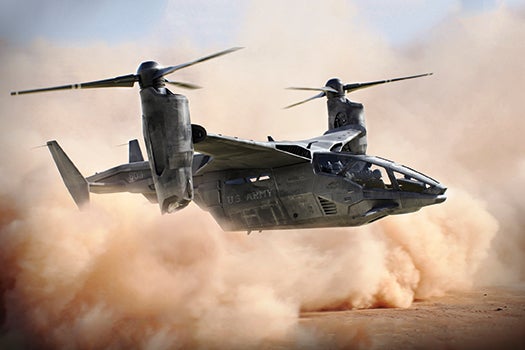The Three Biggest Aviation Advances From This Year
How RFID tags, carbon-fiber airframes, and battery sensors will change the course of flight.

RFID Tags
A regular addition to cellphones and bank cards, radio frequency identification (RFID) tags are creeping into airplane cabins. With tags in life vests, seats, medical kits, and other frequently inspected equipment, attendants can cut down inspection times tenfold, saving money and improving plane turnarounds.
Carbon-Fiber Airframes
Carbon fiber is much stronger and stiffer than aluminum. Boeing’s 787 Dreamliner was the first airliner to use a predominately carbon-fiber airframe. The Airbus A350 will join it this summer. The lighter frames allow increased fuel efficiency, and a stronger fuselage allows more comfortable cabin pressures.
Battery Sensors
Batteries are little black boxes of chemistry, and when they fail, it can be hard to diagnose the problem. Scientists at PARC have embedded batteries with fiber-optic sensors. With internal data, engineers could optimize performance in real time or pinpoint the source of a problem to fix the trouble in future designs.
This article originally appeared in the July 2013 issue of Popular Science. See the rest of the magazine here.